Lesson Plan Ideas to Teach Abroad About American Holidays
Check out our lesson plan ideas for teaching students about American holidays abroad!
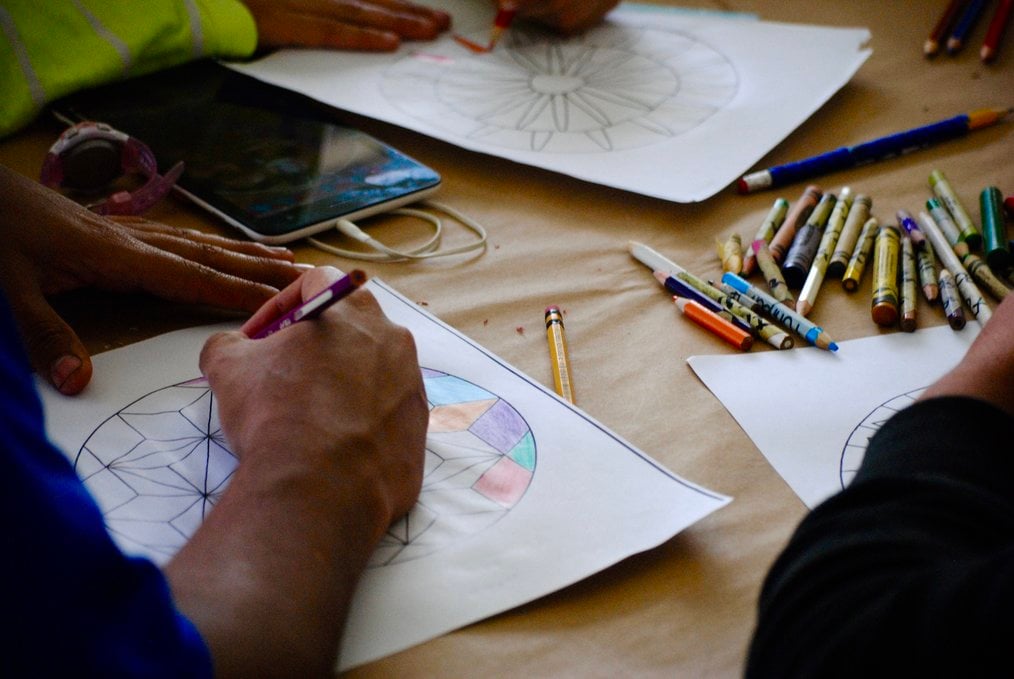
Whether you’re a first time teacher or have been teaching for years, American holidays make great topics for learning in the classroom. When you teach about holidays not only do you get to share important (and fun) traditions from your own childhood and culture with your students, you also have the opportunity to engage students on a different level by bringing in entertaining topics to your lessons.
Related: How to Create the Perfect Lesson Plan
The holidays are a time to be creative and mix things up in the classroom with unique lesson plans that may be out of the box. In need of ideas for your classroom abroad? Check out our lesson plan ideas for teaching about American holidays abroad. We’ve got you covered with six lesson plans for the most common holidays.
Editor's note: most of the lessons in this article focus on students aged 5-10. With creativity, it would be easy to adapt this for older students interested in more complex subject material.
January -- Martin Luther King Day
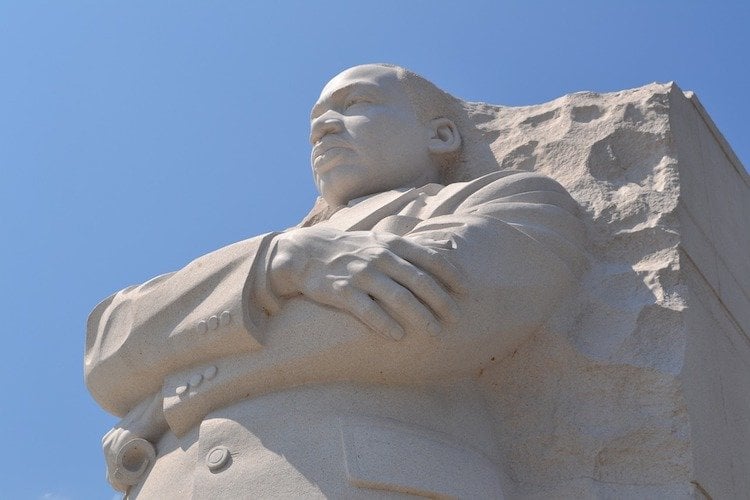
A great American hero, Dr. Martin Luther King Jr. was the leader of the civil rights movement that began in the 1950’s in the United States. Martin Luther King Jr. Day is generally celebrated around January 15th to commemorate his birthday. While this holiday may not be as well known abroad as others, its importance cannot be understated. January is a great time of year to educate your students on the history of race relations in the United States and civil rights movements.
Lesson: “I have a dream” speech fill in and dream map
Objectives: Practice English language listening comprehension skills while studying the Civil Rights Movement in the United States and the powerful rhetoric of Martin Luther King Jr.
Materials:
- YouTube video of Martin Luther King Jr.’s “I have a dream” speech
- Worksheet
- Blank paper
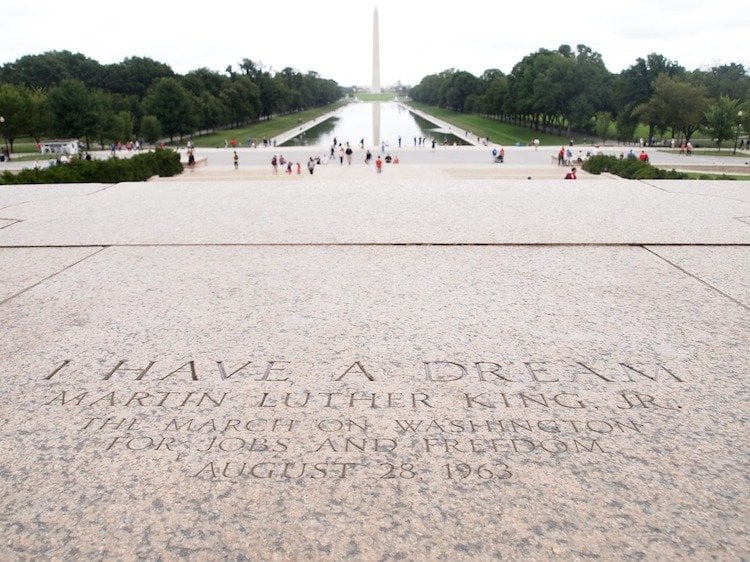
Instructions:
- Create a worksheet that contains the text of Martin Luther King Jr’s “I have a dream” speech. Delete one word in every few sentences and replace with a blank space.
- Play the Youtube video of Martin Luther King Jr.’s speech from the March on Washington and instruct students to fill in the blank words.
- Play the video a second time.
- Read the speech aloud as a class and have students emphasize the words that go in the blanks.
- If your students are more advanced, they can write their own version of the speech by sharing the dreams they have for themselves, their generation, their country and the world.
February -- Valentine’s Day

With hearts, roses and plenty of romance, Valentine’s Day is the holiday of love! Celebrated each year on February 14th, the holiday once paid homage to Catholic Saint Valentine. Today it is a holiday that represents both love and commercialization; in the United States it is common for lovers and friends alike to exchange cards, candies and flowers and express sentiments of love.
Lesson: Make Sentences with Candy Hearts
Objectives: Teach students about sentence structure using Valentine’s Day candy hearts.
Materials:
- Paper
- Glue
- Candy message hearts (if you can’t find any with English words/phrases, you can create your own using construction paper, crayons and scissors)

Instructionals:
- Read a book or watch a video with your class to get in the spirit of Valentine’s Day.
- Explain what candy hearts are and the role they play in Valentine’s Day.
- Demonstrate the project by creating an example of a sentence or paragraph using candy hearts.
- Pass out stacks of candy hearts to your students.
- Have the students create sentences or paragraphs using the messages on the candy hearts. For example: "'I do' want you to be my valentine!"
- Once each student has created a sentence that is correct, have them glue the candies to the piece of paper.
- Have each student present their sentence or paragraph. Prepare for giggles!
March -- St. Patrick’s Day

On March 17th, many cities across the United States burst in shades of green as all things Irish, from shamrocks and leprechauns to green rivers and green beer are celebrated. However, there is much more to St. Patrick’s Day than wearing green. Historic roots of the holiday date back to the 17th century when Saint Patrick brought Christianity to Ireland.
Lesson: Pin the Coin in the Pot of Gold
Objectives: Teach students directions and help them practice using directional terminology in a real-world setting.
Materials:
- Large cut out of a pot of gold (you can make this yourself)
- Medium cut out coins (one or two per student)
- Tape

Instructions:
- Before you begin this game, practice common directions such as: Above, Below, Forward, Backward, Left, Right, etc. You may find using flashcards or writing the words on a chalk board to be beneficial.
- Tape the cut out of the pot of gold to a wall.
- Blind fold students, one at a time, and spin them around three times.
- Instruct the rest of the students in the class to give the blind folded students directions to tape their coin in the pot of gold.
- If appropriate in your classroom, you could award a prize to the students who two coins are closest to the center of the pot of gold!
July -- Independence Day

There’s no greater holiday to celebrate the spirit and history of America than Independence Day, or the Fourth of July! This holiday celebrates the Declaration of Independence in 1776 that formally separated the United States from Great Britain. No doubt your own childhood in the United States was shaped by memories of this celebration, whether it be waving flags at a parade or eating hot dogs during a fireworks show.
Lesson: American Symbols and Vocabulary
Objectives: Teach concepts of American History and important symbols in the United States culture while developing vocabulary skills.
Materials:
- Six Flash Cards with images of American symbols. Some examples include (the American flag, the Statue of Liberty, Bald Eagle, Liberty Bell, the White House, Parade float, Apple pie, student doing pledge of allegiance, etc.)
- Flash cards with words matching these images.

Instructions:
- Help your students understand the concept of the 4th of July holiday by reading a themed book, watching an educational video on youtube or sharing a power point with photos of your own Independence Day memories.
- Display image cards of American symbols one by one. Ask students to share their thoughts on what each image is and why it is an important symbol for the United States.
- After students have shared their thoughts, pull out the flash card with the associated word and explain the symbol from your own perspective.
- Bring the lesson full circle by asking your students to share important symbols from their own culture and comparing and contrasting to the symbols you shared.
October -- Halloween

Goblins, ghouls and skeletons, oh my! Though its origins date back to the eve of All Saints’ Day, these days Halloween is popular in the United States amongst children who carve pumpkins into Jack-O-Lanterns and dress up in costumes to trick or treat door to door for candy. The holiday is celebrated each October 31st.
Lesson: Five Little Pumpkins
Objectives: Practice numbers and English language skills
Materials:
- “5 Little Pumpkins” Video (access it here)
- Print out with “5 Little Pumpkins” lyrics
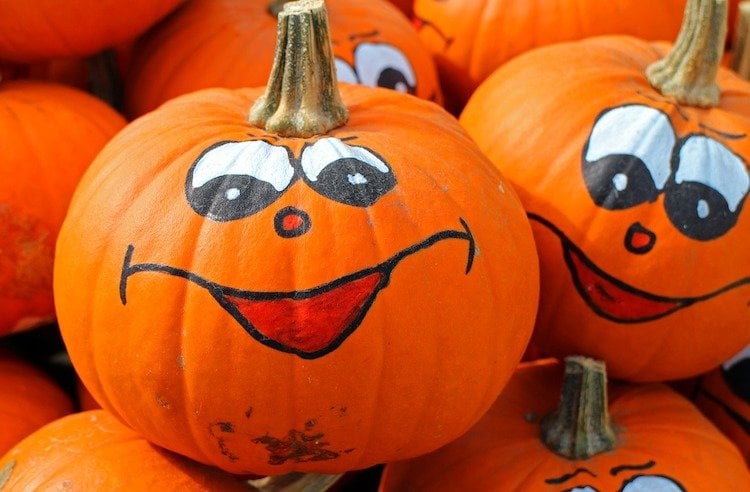
Instructions:
- Pass out a print out with the 5 Little Pumpkins” lyrics. Have the class read the poem aloud as a group several times.
- Gather your students together in a group and stand up. Watch the video of 5 Little Pumpkins and sing along as a group.
- Select 5 students to act out the role of one of the five little pumpkins and sing the song again role playing.
- Repeat until all students have had the chance to act out the role of a little pumpkin.
November -- Thanksgiving

Gobble, gobble, this lesson is a classic worth feasting for! Thanksgiving is a day when family and friends throughout the United States gather for a feast (usually involving turkey) to give thanks. The national holiday commemorates a feast between the pilgrims and Native Americans back in 1621 and is celebrated the fourth Thursday in November.
Lesson: Thankful Turkey
Objectives: Teach students about Thanksgiving traditions in the United States and practice writing in English.
Materials:
- Construction paper
- Crayons
- Scissors
- Feathers, beads for decorating (optional)
- Glue (optional)
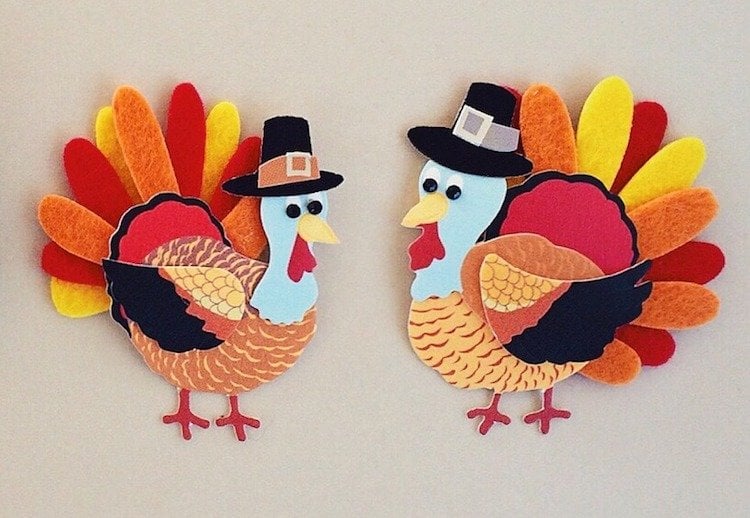
Instructions:
- Help your students get into the Thanksgiving mood by reading them an appropriate book or watching an educational video.
- Present the students your own turkey hand print.
- Instruct students to trace their hand on the paper and write one thing they are thankful for on each of the fingers, or turkey feathers.
- Have your students cut out their turkey hand prints and decorate them.
- Upon completion, have each student present their turkey and the things they are thankful for to the entire class.
